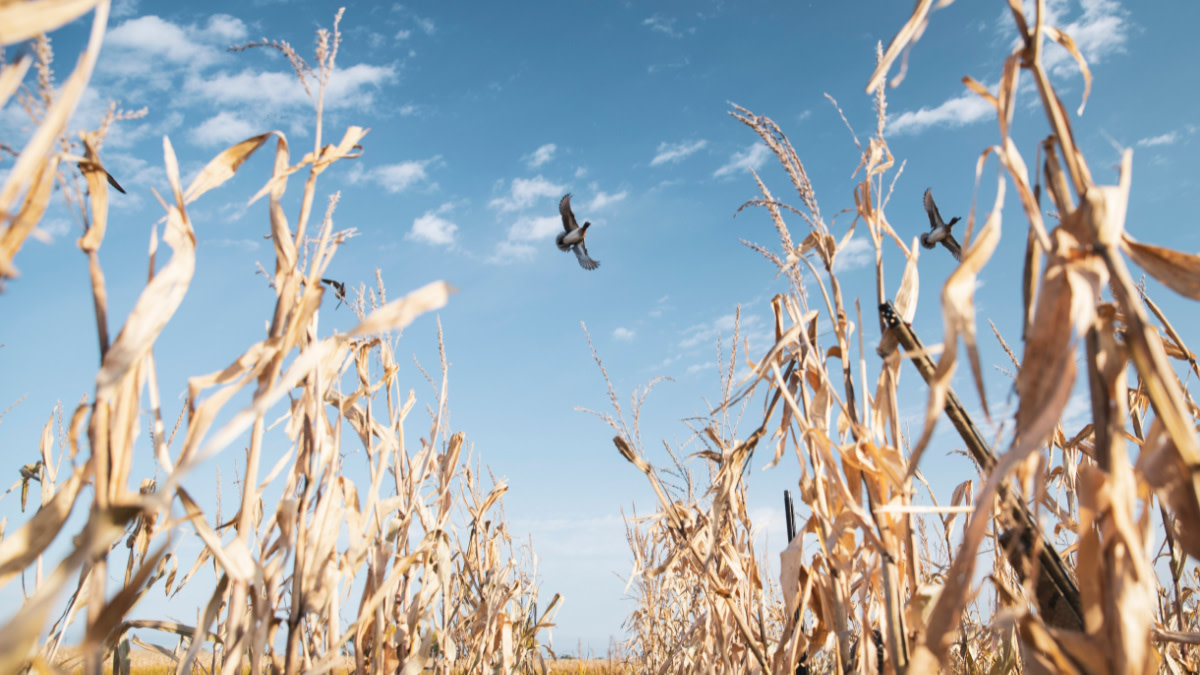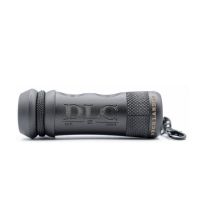
The half hour before sunrise is the favorite time of the day for most duck hunters, and for good reason: there’s a flurry of activity as the marsh wakes up and many birds move from their roost to their feed. But that quick action is commonly followed by a long lull, sending many duck hunters packing and headed for breakfast.
But sometimes breakfast should wait because the hunting is just about to get good.
The Midday Flight: Early to Mid-Season Early in the season the migration is at a trickle, and local ducks are taking the brunt of the hunter harvest. After a couple weeks, these ducks figure out how to avoid most of the hunting activity. They start a new pattern of leaving the roost before legal shooting light, flying high on their way out, and seemingly leave for good. It’s a story all duck hunters have experienced. Most hunters pick up their spread while cursing the warm weather and stale ducks.
But those who stick it out might have some of their best hunts of the year. My personal experience is that during the high sun late in the morning or early afternoon, many of the ducks might start coming back to the water or just become more active.
Bobby Hayes, a duck call maker from Kansas, takes it a step farther.
“I’ll go to a public spot at about 8 a.m., watch where the birds are hitting, and then get set up,” Hayes said. “If I was a public hunter only, I would only hunt the middle of the day. If you’re on a marsh or moist soil habitat, it’s a textbook loaf when ducks want grasses and invertebrates.”
Hayes thinks that the football game crowd plays a factor in the marsh emptying early, drastically reducing the hunting pressure.
“Especially with football season, at 9 or 10 o’clock, everyone’s leaving. I love when the Chiefs are having a good season because more people leave the marsh early,” Hayes said. “You have to try it, even sacrifice two days of hunting to watch a marsh sunrise to dark. Most guys will be shocked with the amount of activity they see.”
The Midday Flight: Late Season Deeper into the year, ducks might follow some of the same patterns as they would during the mid-season, depending on the habitat. But if the weather is really cold and snowy, the midday flight might be more associated with feeding patterns.
Max Barta, a waterfowler who’s hunted all across the Northern U.S., has plenty of experience with cold-weather feeds.
“Like most animals in the winter, those ducks want to wait for the warmth,” Barta said. “It might be 10 a.m., noon, or almost sunset. You might only get 30 minutes of feeding, but they’re desperate when it’s cold, clear, and snow is on the ground. The all-day wait is worth it.”
It’s common for ducks in the late season to shift more of their activity to midday and afternoon. One cold morning in South Dakota was a shining example for me. There was about 8 inches of snow on the ground and the mercury dipped to -16 Fahrenheit at sunrise. The ducks were huddled into a little pocket of open water only kept liquid by their body heat and movement.
But they had to eat. At about noon the birds started heading to the dry cornfields, and I had a limit of beautiful greenheads in the truck within the hour. The decoying couldn’t have been better.
The Midday Flight: Migrators If the loafing and feeding patterns aren’t enough to convince you to try a midday hunt, the magical migrator flocks should be. There are few things a duck hunter dreams of more than a cold front and big flocks dropping from the heavens.
The causes of these midday migrations are dependent on your habitat, the duck species, time of year, and weather conditions. Here are a few examples.
In October, calendar migrations of pintails, gadwalls, and diver ducks begin. A “calendar migration” is just what it sounds like: a migration that happens around the same time every year, based more on the time of the year than anything. Extreme weather might influence these patterns but they’re pretty consistent. Then, around Veteran’s Day, there’s almost always a weather system that moves large numbers of divers and mallards. Throughout the winter months snow and freezing water will also cause migrations.
Right now, I’m not going to speculate on what causes midday migrators to come pouring in. What I do know is that if you’re in duck blinds enough you’ll experience a migration day. Seeing a tiny black speck high in the sky end up fluttering over your decoys is one of the pinnacle experiences in duck hunting. Migrator flocks are talkative, like to hear calling, perform acrobatics the Blue Angels would envy, and are putting on fat for winter. They’ve made some of my greatest memories and hooked me deep into waterfowling.
So, before you pack it in early to run to the next sporting event, try spending a couple full days in a duck blind. You’ll learn a lot about your hunting area and you’ll probably end up with heavier straps on your way out.





